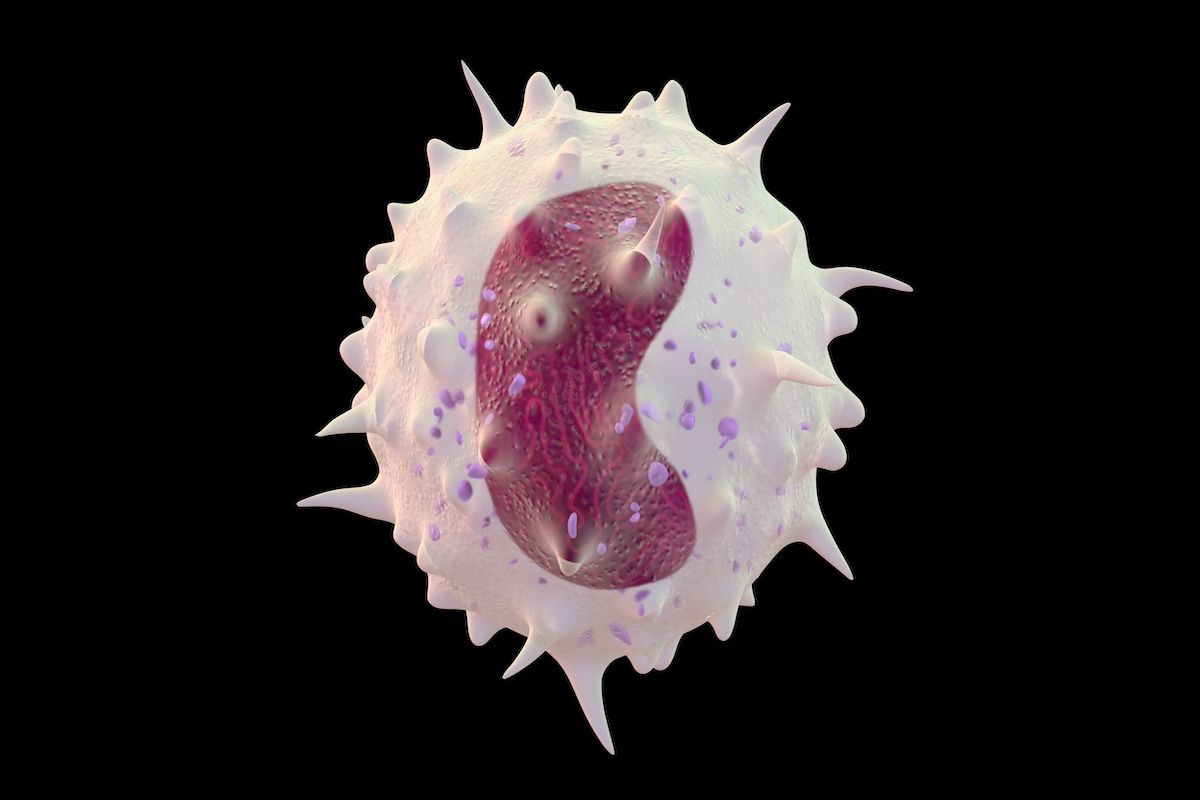News
Article
Study Identifies New Links Between Monocytes, T1D Progression
Author(s):
A new report builds on previous research that could help scientists better understand type 1 diabetes (T1D) risk.
Altered levels and activity of monocytes appear to correlate with the progression of type 1 diabetes (T1D), according to new research.
The findings add to a growing body of research about the role of monocytes in inflammatory and autoimmune diseases. The authors say they may help pave the way for new therapies and potentially new biomarkers of progression. The report was published in the journal Science Advances.1
Previous research has already linked monocyte levels and type 1 diabetes pathogenesis | Image Credit: gaetan-stock.adobe.com

The study authors said immune-regulating monocytes have already been implicated in the pathogenesis of T1D, and they said gaining a better understanding of the role and implications of monocytes in T1D is an important avenue of scientific investigation.
Monocytes have been subdivided into 3 groups, based on their relative expression of CD14 and CD16. The most abundant subgroup is referred to as the classical subgroup, which are CD14+ and CD16−. Some of those monocytes, however, will differentiate into the CD14+CD16+ intermediate subtype.
“They are characterized by higher major histocompatibility complex class II expression and function in antigen presentation, T-cell stimulation, and the production of reactive oxygen species,” the authors said.
Some of those intermediate monocytes will then differentiate into nonclassical monocytes (CD14dimCD16+). These can function in a pro-inflammatory capacity, the authors said, but “they also function in the resolution of inflammation, maintenance of vascular homeostasis, and the clearance of dying cells, viruses, and tumor cells from the circulation.”
Using those classifications, previous research shows that Graves’ disease, rheumatoid arthritis, and antineutrophil cytoplasmic antibody-associated vasculitis are all associated with expansions of intermediate monocytes, the authors said, and nonclassical monocytes have been linked with relapsing/remitting multiple sclerosis, coronary artery disease, and systemic lupus erythematosus.
There has also been previous research linking monocyte levels with T1D. For instance, a 2017 study found that children with recent-onset T1D (ROT1D) had expanded intermediate monocytes compared with age- and sex-matched healthy controls.2 That study also found that intermediate monocytes were positively associated with hemoglobin A1C and negatively associated with serum insulin and C-peptide.
More recent research, leveraging single-cell RNA sequencing, has led to a division of the intermediate subset into 2 smaller classifications, mono3 and mono4, the study authors said.
“Notably, the mono4 subset expressed a cytolytic transcriptome, which included high expression of perforin, granzymes, and granulysin,” they wrote.3
They also wanted to know if monocytes might be associated with progression of T1D, and not just its onset, so they looked at monocytes in patients with ROT1D, along with those of healthy autoantibody-negative siblings of probands and unrelated healthy controls.
Indeed, they found that mono4 was elevated and intermediate monocytes were abundant in patients with ROT1D, “and the intermediate-to-nonclassical monocyte ratio was found to negatively correlate with residual β cell functional mass during the postonset period.”
Moreover, individuals who did not see disease progression saw their levels of mono4 monocytes decrease over time, while monocyte populations were stable in patients whose T1D progressed.
This may help explain why T1D susceptibility appears to decline with age, they said.
“These findings align with prior observations that associate T1D susceptibility and progression with a heightened immune response, a propensity for [T-helper 1] responses toward insulin, and inflammation before the onset of autoimmunity,” they concluded.
The authors said further research of monocyte subsets among people with T1D is warranted.
References
1. Pant T, Lin CW, Bedrat A, et al. Monocytes in type 1 diabetes families exhibit high cytolytic activity and subset abundances that correlate with clinical progression. Sci Adv. 2024;10(20):eadn2136. doi:10.1126/sciadv.adn2136
2. Ren X, Mou W, Su C, et al. Increase in Peripheral Blood Intermediate Monocytes is Associated with the Development of Recent-Onset Type 1 Diabetes Mellitus in Children. Int J Biol Sci. 2017;13(2):209-218. doi:10.7150/ijbs.15659
3. Villani AC, Satija R, Reynolds G, et al. Single-cell RNA-seq reveals new types of human blood dendritic cells, monocytes, and progenitors. Science. 2017;356(6335):eaah4573. doi:10.1126/science.aah457




